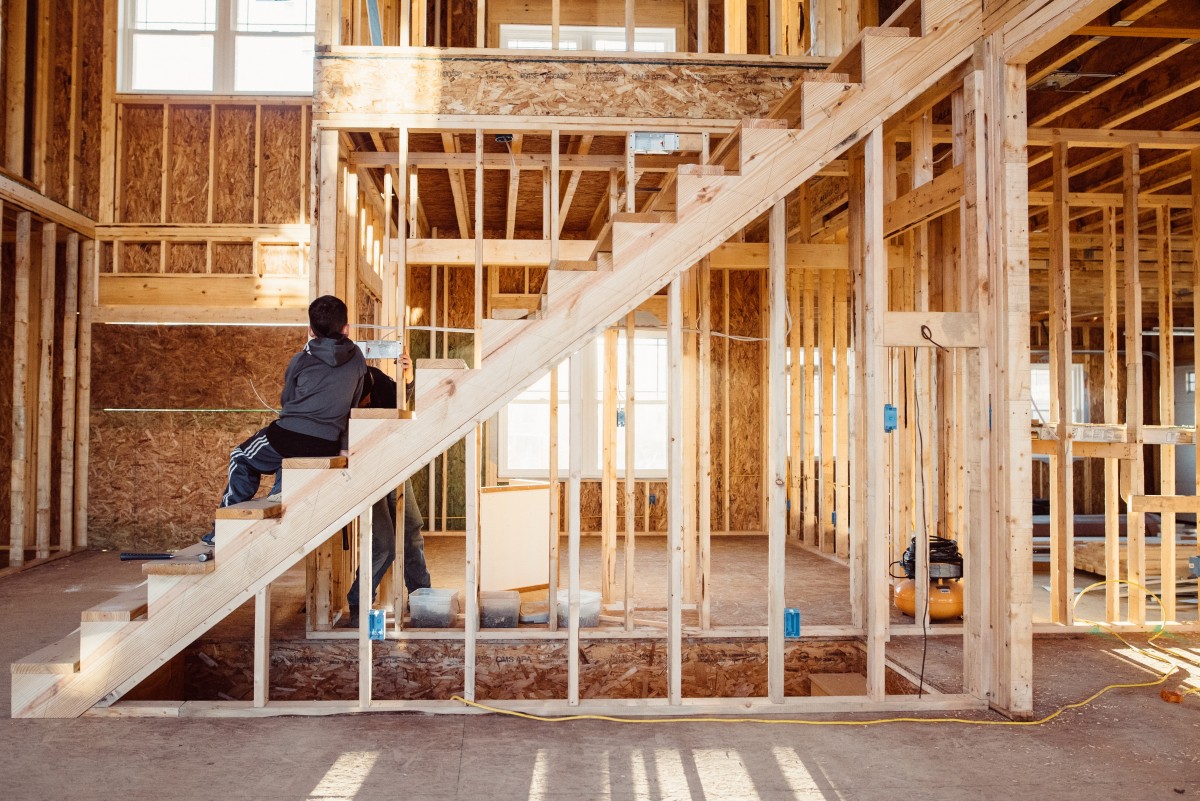If building a partition is easy, choosing plasterboard for this operation can be much more complex. Standard plasterboard, waterproof, perforated, reinforced insulation… Plasterboard is also known as drywall. They are generally used in the construction or renovation of houses. But this material has become very popular in recent times. What are the reasons for this? So, without further ado, let’s dive into this blog and learn some of the things you need to know about drywall.
Short description of the plasterboard

As its name suggests, plasterboard is composed of plaster, which generally comes from gypsum. It also contains cardboard. Both elements are mixed with additives, such as starch and water. The resulting mixture is poured into recycled cardboard to create a gypsum board.
The plasterboard is then used in the assembly of partitions, in the realization of linings, ceilings, etc. Plasterboard has many advantages, not to mention its lower cost and quicker installation. The application of plasterboard does not require undertaking major work. This material also has an important asset: resistance. It is for this reason that it is increasingly used in the renovation as in the new.
The different types of plasterboard
There are several types of drywall, and each has its characteristics. Nevertheless, their choice depends mainly on your project:
Thermal lining plasterboard
This is the ideal type of plasterboard to optimize the thermal insulation of a room. Indeed, it allows us to maintain an optimal temperature during winter.
Fireproof plasterboard
This type of plasterboard provides a certain resistance to fire. It is, therefore, ideal for the kitchen, as it is often the place where the risk of fire is the highest.
Waterproof plasterboard
This plasterboard is characterized by its green colour and ability to resist moisture. In fact, waterproof drywall is 6 times more resistant than other standard plasterboards. It is often used in humid areas, such as bathrooms. Its installation generally limits the spread of moisture.
Activ’air Gypsum Board

If your children are very sensitive, then it is better to protect their rooms from polluted air. The activ’air plasterboard is, therefore, the ideal solution to reduce air pollution. In other words, these plasterboards allow mainly purify the air circulating in the room.
Soundproofing plasterboard
The best way to optimize the sound insulation of a room is to use soundproof plasterboards. Most homeowners use it in their living room or other adjoining rooms.
Flexible plasterboard
This type of drywall is perfect for attic spaces and hard-to-reach rooms. Flexible drywall usually allows you to create curves in these spaces.
Thin wallboard
The best way to restore uniformity to a deteriorated wall is to use very thin plasterboard.
Plasterboard installation
The installation of a plasterboard depends, above all, on the type of plaster you have chosen (model and quality). If you wish to make a lining or a partition, use metal rails during the installation work. This material allows you to have a straight wall.
The stages of installing a plasterboard
There are steps that must be followed when installing plasterboard:
-
- Proceed to the fixing of the framework
-
- Install the plasterboard
-
- Install the insulation
-
- Put the joints in place
-
- Paint the wall or apply a wall covering.
Choosing plasterboard and the professional

Choosing the right plasterboard according to the desired use is essential to protect your home. Durable and easy to decorate, they are a safe investment not to be neglected. For a perfect installation and successful joints, certain know-how is necessary. The plasterer-painter and the plasterer ensure a perfect rendering. To compare prices and services, simply ask for several detailed estimates!
Sound off in the comments section below, and tell us what you want to read next and if you want to read more about plasterboards.